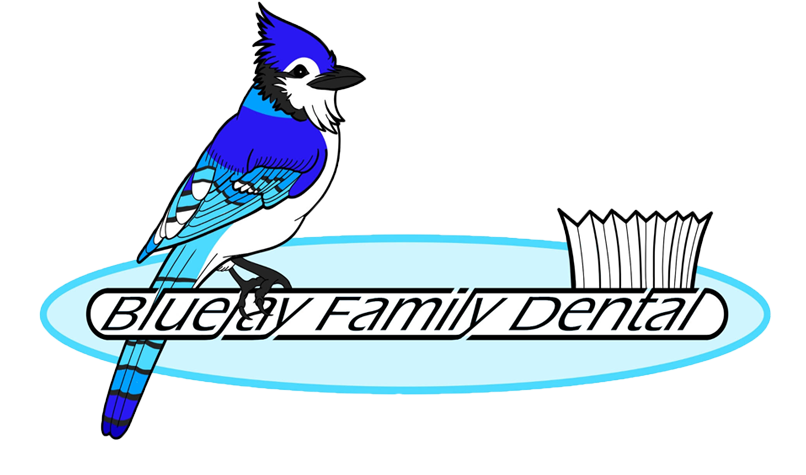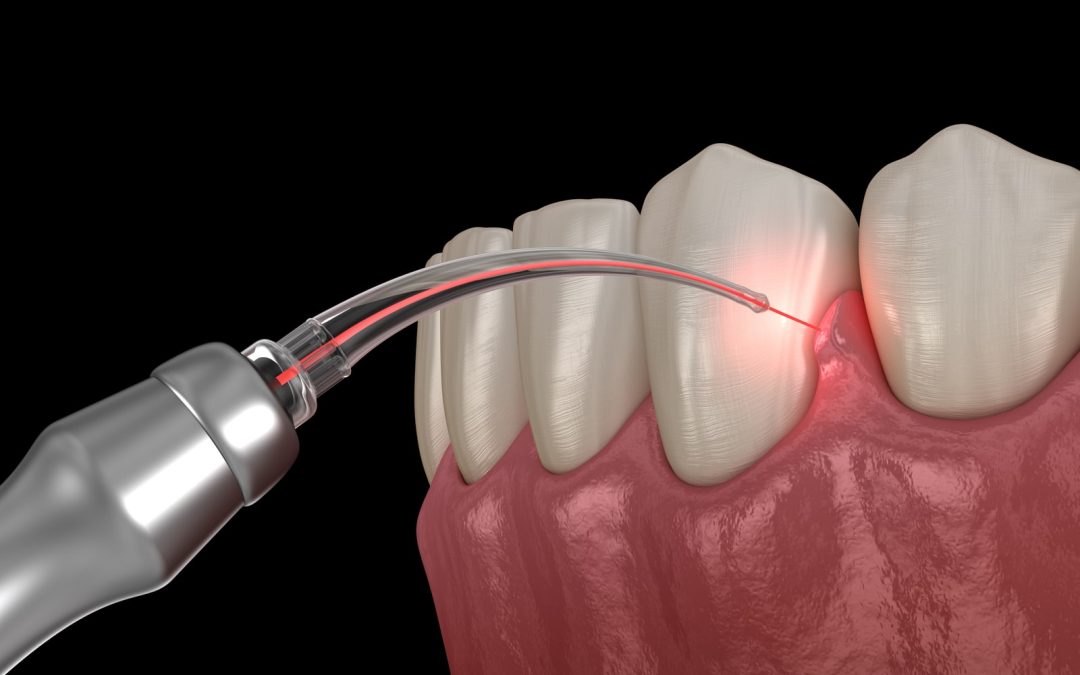There are two cornerstones to ensuring oral health remains positive throughout your life. The first is maintaining a solid regimen of brushing, flossing, and using mouthwash as part of a dental hygiene routine. The second is ensuring you see your dentist at least twice yearly for cleanings and a check-up. Some people find these habits hard to keep up for several reasons. The twice-yearly visits, in particular, can be challenging for those with dental anxiety. This condition is a well-known condition affecting millions worldwide to varying degrees. Of all the reasons people give for their dental anxiety, the sound of the dental drill rates is high. Modern dentistry has introduced the dental laser, and it’s replacing the dental drill along with other standard tools of dental practice.
How The Dental Laser Is Breaking The Dental Drill Paradigm
For all the benefits a specific tool may provide, it’s rarely the right one for all jobs. The dental drill has been used in a broad range of applications as it was the only tool available. Introducing the dental laser has reduced dentists’ reliance on the drill. However, the dental laser does more than just replace the traditional rotary drill. It has also been clearly demonstrated to be an effective and safe replacement for many tools, including the scalpel. Below are some points that make the dental laser a superior tool for many dental procedures.
- Precision Dentistry – While there have been many improvements to the dental drill, it was never a perfect tool. The improvements also made it a more precise and convenient tool, but it always suffered from some degree of collateral damage to the surrounding tissue. The dental laser changes all that. It’s incredibly precise and capable of performing procedures safely and painlessly. Almost no healthy tissue is destroyed when using a dental laser.
- Reduced Discomfort – Even with an anesthetic used, the drill’s vibration and its shrill sound could be tense and uncomfortable. This has made it possible to perform some treatments without an anesthetic previously required. Further, the treatment site is automatically cauterized during the procedure, reducing discomfort and recovery.
- Rapid Recovery – These two points combine to create another benefit. Recovery times following a dental laser procedure are shorter and present fewer complications. Gingival sculpting, for example, used to require stitches after the procedure. The cauterization action of the laser means that no stitches, and typically no anesthetic, are required.
- Faster Procedures – The multiple points mentioned above also reduce the overall procedure time. No anesthetic, no recovery from anesthetic, and no need for stitches means that the whole process is completed quicker and cleaner than ever.
Your Dental Provider Can Teach You More
The dental laser has gone a significant way to ease some fears regarding dental procedures. They’re essentially painless, quick, and quiet. The low pulsing noise they emit during operation has even been reported to be soothing to those with dental anxiety. Call your provider to learn more about introducing dental lasers to their practice and what it means for your care. You may find there’s less reason than ever to feel anxious about your next visit.

